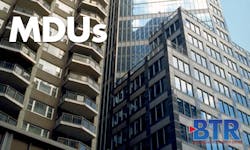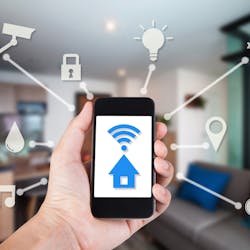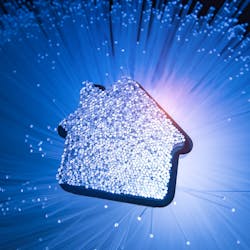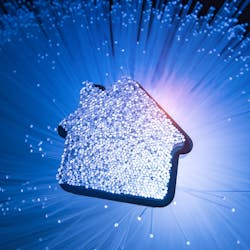Smart home technology is one thing, but can it be extended to multiple dwelling units (MDUs)? This is a question property managers are asking as the cable industry heads into 2018.
"Where the gap has been is that providers of the (smart home) technology (haven't) really provided a single dashboard that integrates what the resident might have with the property," said Mike Slovin, VP, Xfinity Communities. "The problem with smart home to smart community is that you need Internet access."
When apartments turn over, the management of the myriad workers - painters, repairmen, carpet installers - involved can be cumbersome. When all is done, someone has to make sure the windows are shut, the air conditioning or heat is turned down, the doors are locked, etc. To do this remotely would require Internet access. But when a resident moves out, the Internet coverage for the apartment goes with them.
Comcast (NASDAQ:CMCSA) has launched technology in a handful of cities that uses a long range (LoRa) wireless network to provide ubiquitous data coverage for small pieces of information, like commands to lock the door or turn off the alarm.
"This is a big change from just the smart home piece," Slovin said.
LoRa is a 900 MHz technology that offers two-way communications for payloads of less than 200 bytes. Each LoRa sensor can cover six floors in an MDU, Slovin said, adding that not many devices are needed to cover a whole building. Concrete and glass, or other areas that might be difficult for WiFi (when a router and gateway is not close), are not a problem for LoRa.
"(But LoRa) won't replace a broadband connection. It is for use by the resident (or property manager) to manage smart devices," Slovin said.
Property owners can also benefit from LoRa by utilizing sensors to alert of water main breaks, rodent problems, mold in humid areas, etc. Whereas these types of sensors using other technology are expensive to connect to the network and use a lot of power, LoRa sensors cost $50 or less.
"It is an inexpensive technology for monitoring (that) gives piece of mind and (allows the property owner) to take immediate action," Slovin said.
Property portals are also up and coming. The idea is that sales representatives and leasing agents can communicate with the Comcast account representatives, as well as with residents, for self-help regarding Comcast services, for example, or simply for welcome messages.
"The resident can interact … in a way they like to engage, which is by handheld device," Slovin said.





